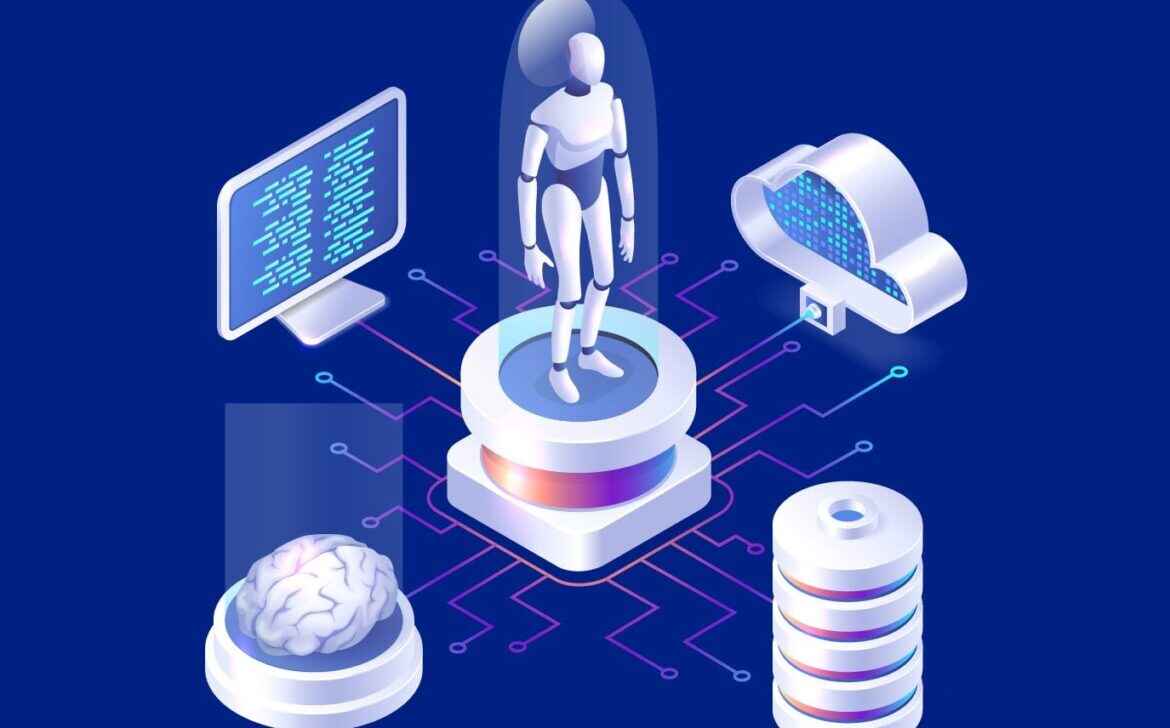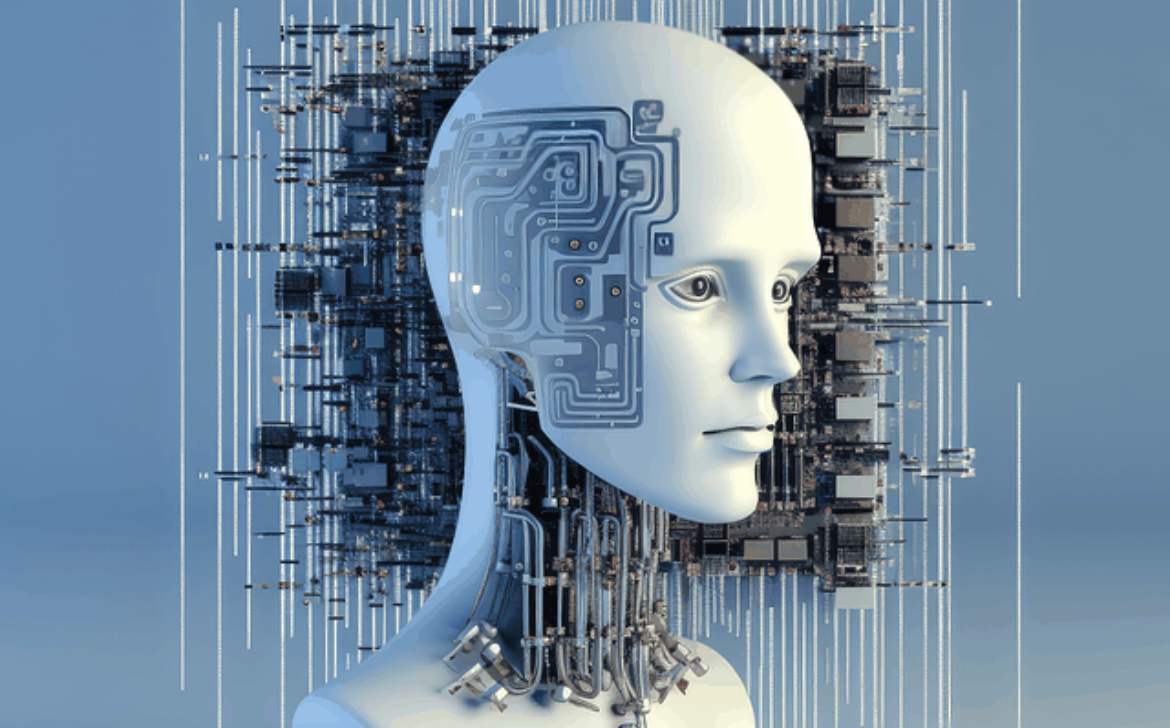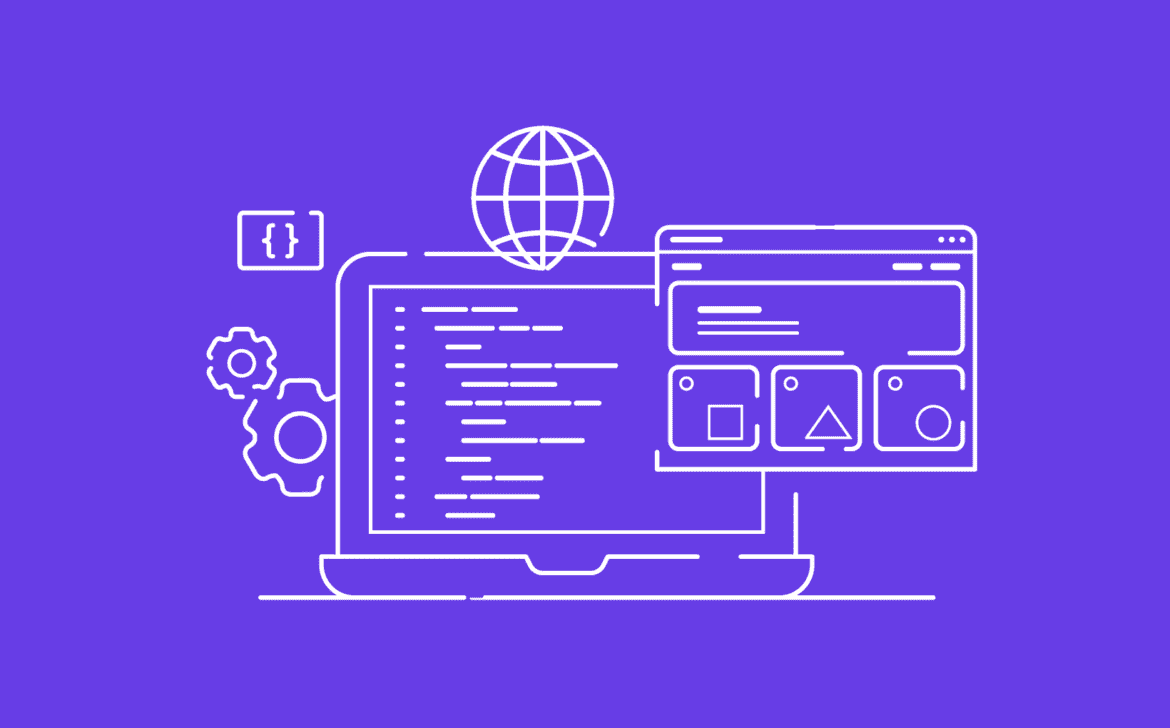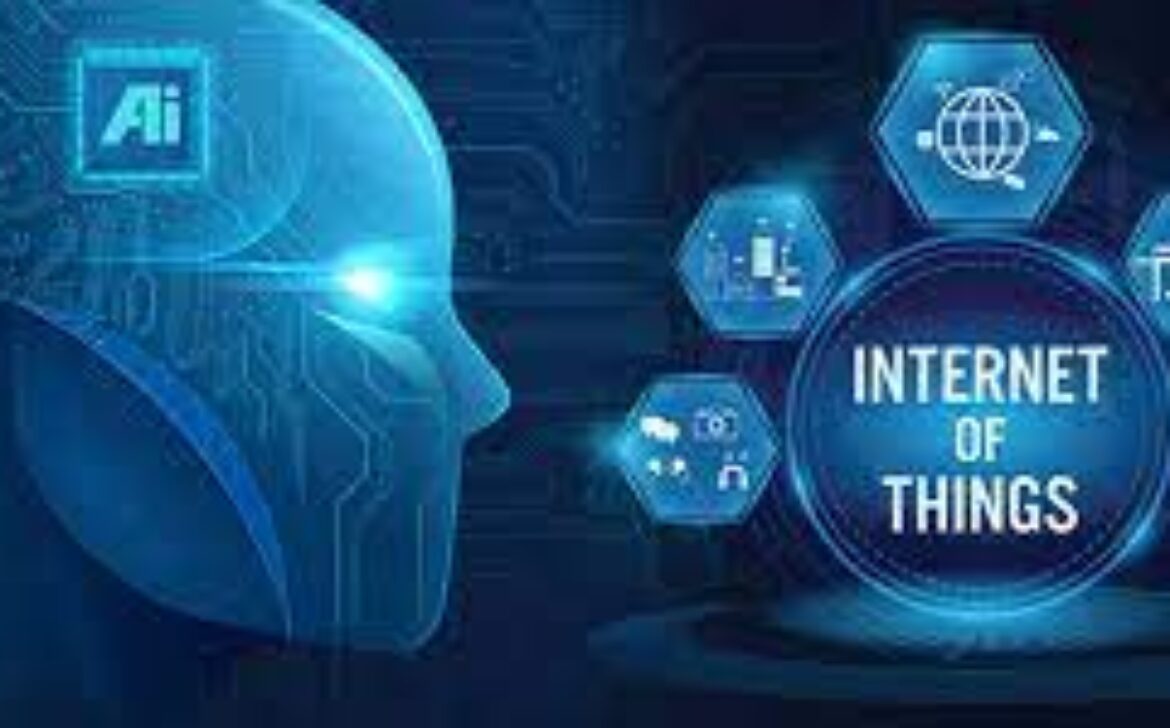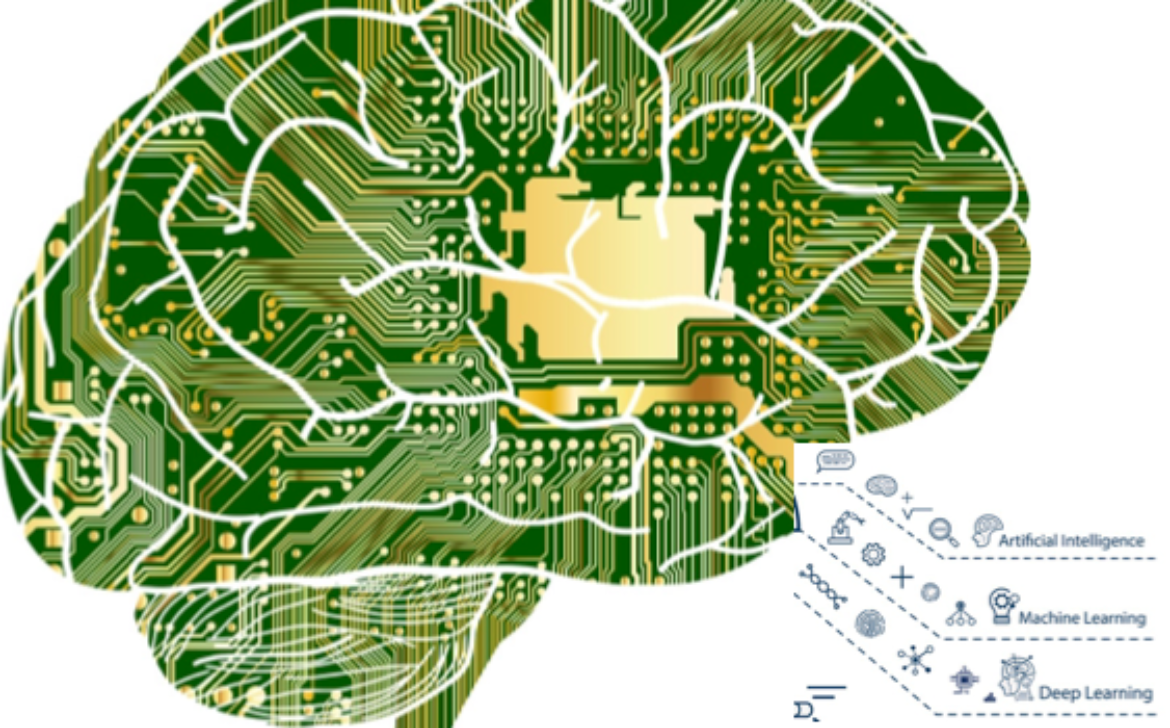Unveiling the Evolution: How Technology is Revolutionizing Modern Education
In today’s rapidly evolving educational landscape, the integration of technology is reshaping traditional learning paradigms. “Unveiling the Evolution: How Technology is Revolutionizing Modern Education” delves into the transformative impact of technology on learning methods. From interactive online platforms to AI-driven personalized learning, this article explores how tech innovations are enhancing engagement, accessibility, and customization in education. Discover the rise of virtual classrooms, adaptive learning tools, and collaborative online spaces that are fostering a dynamic and globally connected educational experience. Gain insights into the challenges and opportunities presented by this technological revolution, as educators and students alike adapt to new modes of knowledge dissemination and acquisition.
- Technology Integration in Education: The fusion of technology and education is reshaping conventional teaching practices, offering innovative ways to engage students and enhance learning outcomes.
- Transformative Impact of Technology: Technology’s influence on education is more than just an enhancement—it’s a transformation that’s altering how we learn, teach, and interact with information.
- Learning Methods and Technology: Modern learning methods are increasingly intertwined with technology, providing students with versatile tools and approaches to grasp complex concepts effectively.
- Interactive Online Platforms: Interactive online platforms are revolutionizing education by offering engaging experiences that go beyond textbooks, promoting active participation and deeper understanding.
- AI-driven Personalized Learning: Through AI-driven personalized learning, students receive tailored educational experiences, adapting to their individual strengths and weaknesses for optimal progress.
- Tech Innovations in Education: Educational technology innovations are paving the way for dynamic and adaptive learning environments, transforming traditional classrooms into hubs of innovation.
- Engagement and Accessibility in Education: Technology enhances engagement by making learning interactive and accessible to diverse learners, irrespective of their geographical or physical limitations.
- Customization in Learning: With technology, education becomes customizable, allowing learners to tailor their educational journeys to match their interests, strengths, and preferred pace.
- Virtual Classrooms in Education: Virtual classrooms are redefining traditional education models, facilitating remote learning, collaboration, and global interactions among students.
- Adaptive Learning Tools: Adaptive learning tools leverage technology to provide personalized educational experiences, adapting content and challenges to match each student’s progress and needs.
- Collaborative Online Spaces for Education: Collaborative online spaces foster interactive learning environments, encouraging students to collaborate, share ideas, and engage in group projects regardless of physical proximity.
- Globally Connected Educational Experience: Technology connects students worldwide, enabling the exchange of diverse perspectives and cultural insights for a truly global educational experience.
- Challenges and Opportunities in Education: The integration of technology brings forth both challenges and opportunities, prompting educators and learners to adapt, innovate, and harness technology’s potential to the fullest.
- Technological Revolution in Education: We’re in the midst of a technological revolution in education, where digital tools, platforms, and approaches are fundamentally changing how knowledge is imparted and acquired.
- Knowledge Dissemination and Acquisition: Technology accelerates the dissemination of knowledge and enhances the acquisition process, making information more accessible, immediate, and comprehensive.



